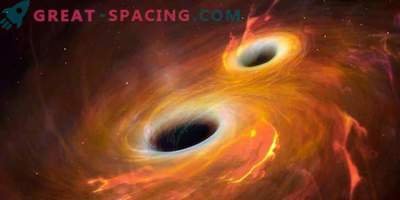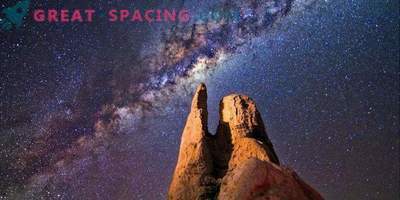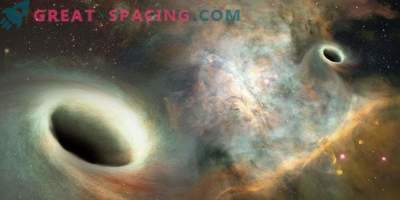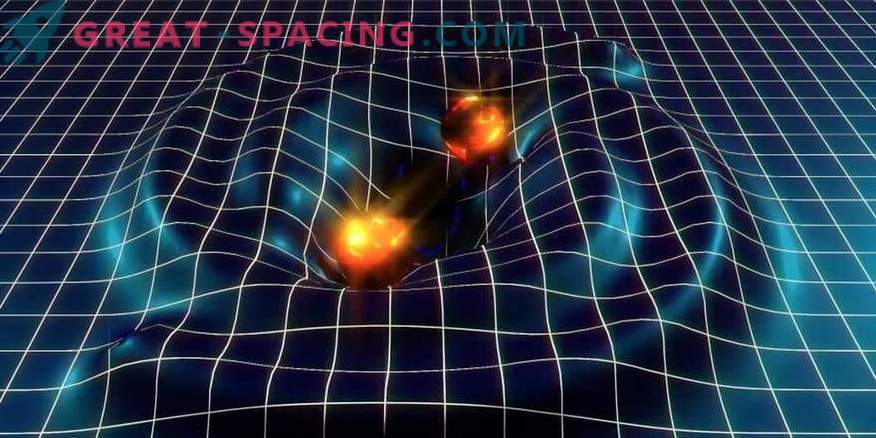
Scientists have managed to fix another 4 ghostly collision signals in outer space, including the largest one today. The total number of observed gravitational waves is 11 over several years. This makes researchers happy, because now there is enough data sampling to better understand black holes.
On December 1, a group of researchers presented 4 new discoveries. It took a century to confirm Einstein's prediction of the existence of gravitational waves. But since then the speed of discoveries has been constantly growing, so one can hope for many interesting events.
Gravitational waves are often described as ripples in space-time. They are created by pairs of black holes or neutron stars and represent two forms of extremely massive and dense remnants created by a stellar explosion. Couples rotate so closely that gravitational waves begin to pulsate until objects collide.
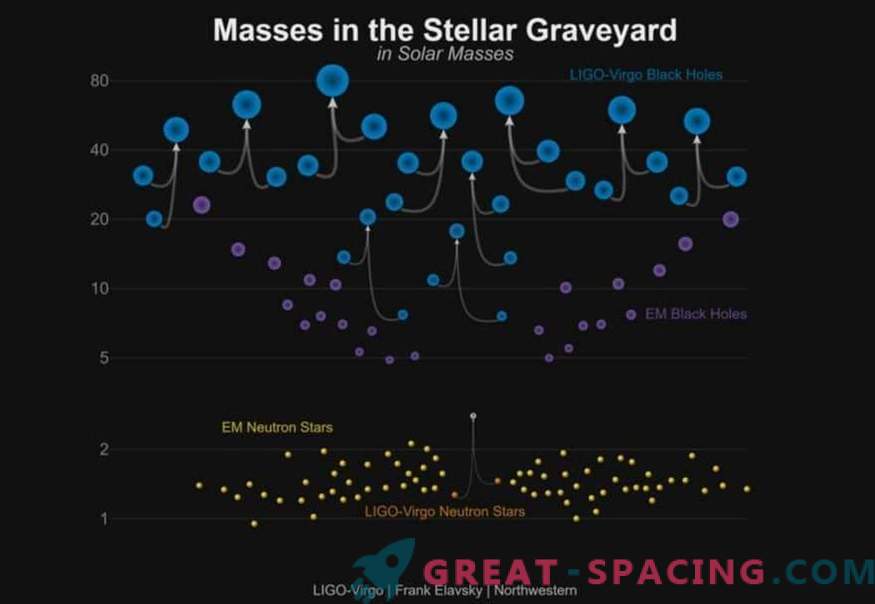
After the explosion of a star, two types of remnants are formed: massive black holes or massive neutron stars. On the graph, both types are displayed by weight, including individual objects and 11 observations of gravitational waves. LIGO and Virgo detectors captured these signals and studied collision events. The first detection fell on February 2016 and was a real breakthrough. Now we are accustomed to the mechanism and are beginning to be perceived as a routine action.
The new study managed to get the largest batch of detections, including the event, which is considered the largest and most distant collision. Scientists now have 10 black hole fusion events and can provide some precise conclusions about black holes in general.
Researchers have a clearer idea of how often stellar mass black holes collide and what their mass is. These measurements will also make it possible to understand how the most massive stars of the Universe are born, live and die. Information for the last analysis is taken from data from August 25 to November 30, 2017. During this period, scientists have published three mergers of black holes and one collision of neutron stars.
In early 2019, the detectors will again begin observations. It is believed that they will be able to notice two black hole fusion events each month.




